#experience design
Explore tagged Tumblr posts
Photo

Follow me on: http://instagram.com/sometimes.loud △ http://twitter.com/styblova for more behind the scenes.
#glitch art#glitch artists collective#glitch aesthetic#glitchcore#processing#generative art#new media art#touchdesigner#creativecodeart#creative coding#superrare#contemporary art#abstract#abstractions#abstract artist#glitch#meditation#motion#motion design#experience design#acrylic reactions#acrylic pour#acrylicpouring#glitchlab#creative code#creativecode#styblova#jana styblova#maximalism#female artist
102 notes
·
View notes
Text
2 notes
·
View notes
Text

Shrek’s lesbian daughter and donkey’s gay son at the fantasy thrift.
#as a former teenage lesbian dirtbag who had a gay best friend in high school this is in fact authentic to my experience#my art#art#comics#sketch dump#digital sketch#shrek 5#shrek fanart#shrek franchise#shrek#illustration#artists on tumblr#digital illustration#illustrators on tumblr#character design#character fanart#queer artists#fantasy character#fan comic#digital sketchbook
29K notes
·
View notes
Text

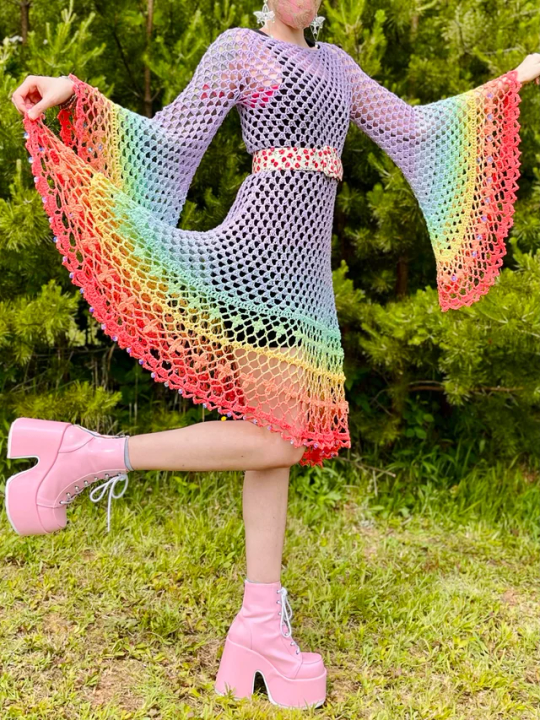
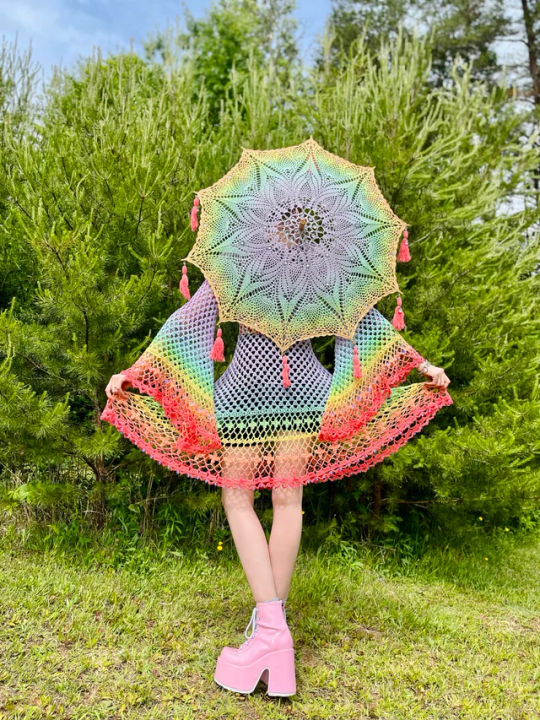
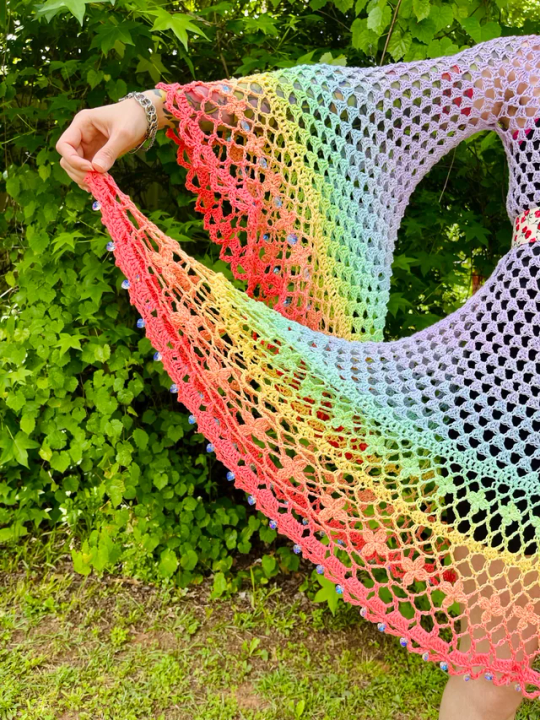
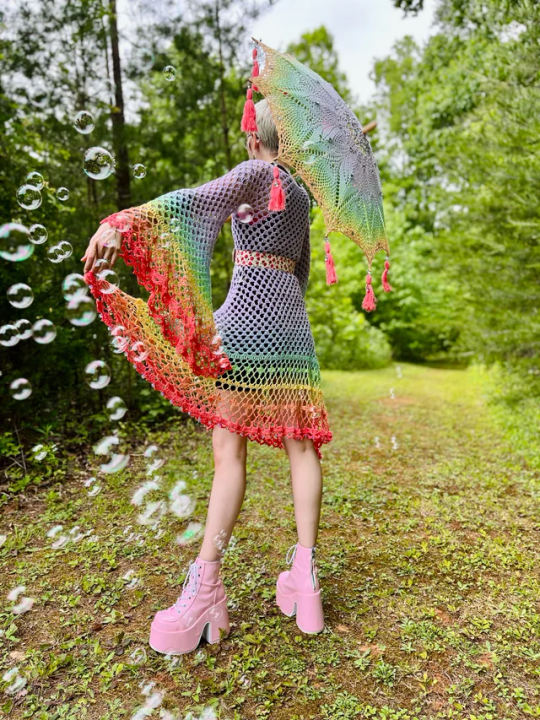
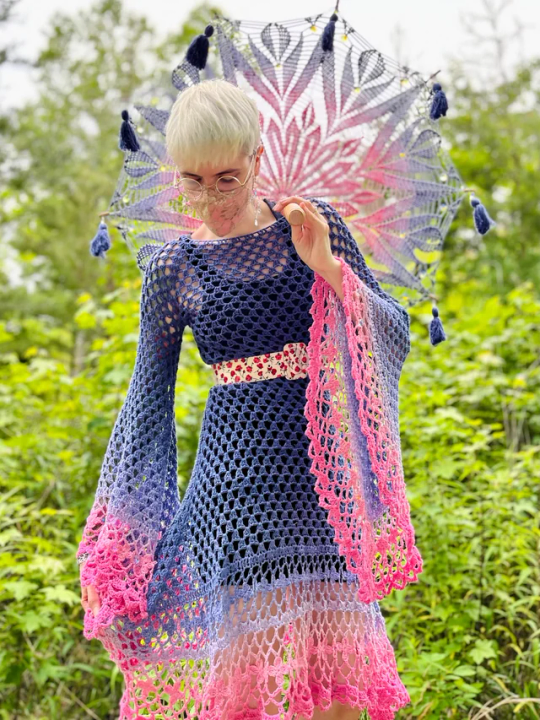

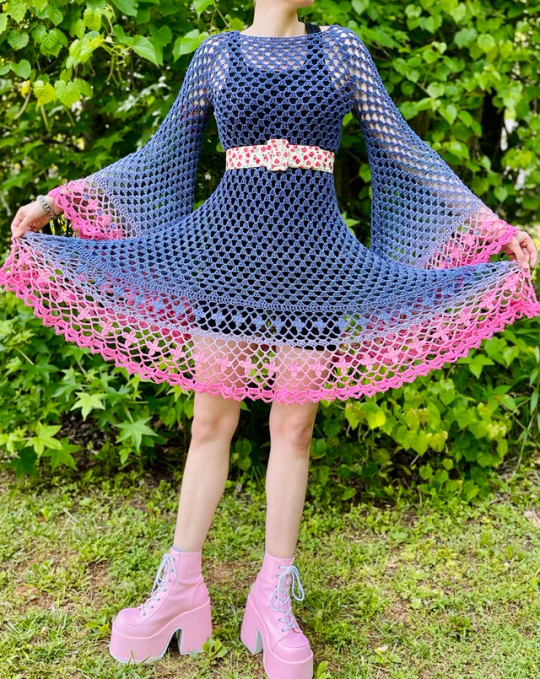
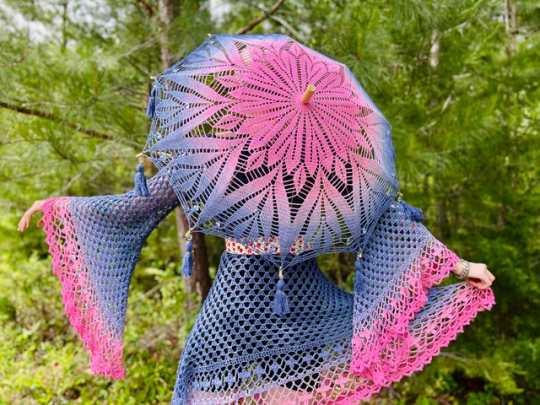
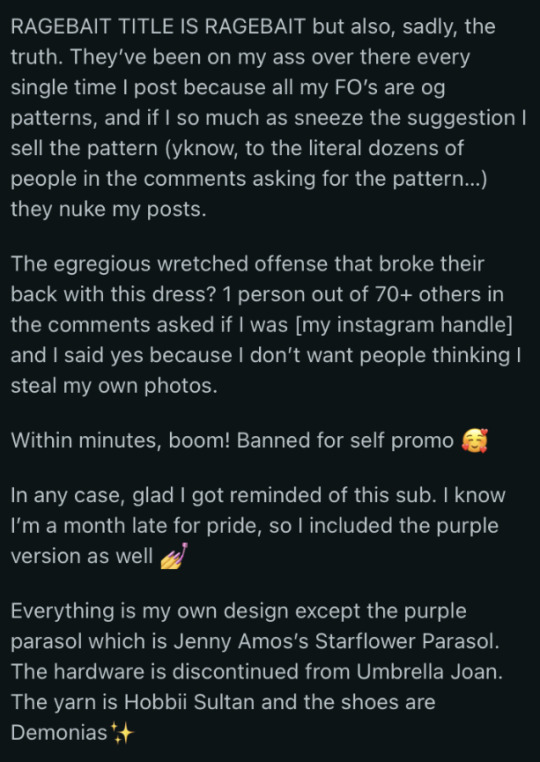
he sells his patterns on etsy!!! he’s also on instagram and youtube- his name is marcus and he’s pretty damn cool :)
#our queer experience#lgbtq#pride month#pride 2025#fiber art#crochet#fiber crafts#reddit#chiaroscurosity designs#chiaroscurosity
13K notes
·
View notes
Text
Future-proofing by design
Written by
Anish Bhuwania
In this article we would like to share our learnings and insights about how effective design thinking plays a vital role in preserving a data-driven product’s experience and value proposition as it matures with time.
Every sector is seeing a massive growth in data, influencing their digital business transformation strategies, and empowering technologies such as ‘Artificial Intelligence (AI)’, ‘Machine Learning (ML)’, ‘Deep Learning (DL)’, and so on . It’s important for digital product design experiences empowered by data and connected technologies to be malleable for easily accommodating the rate of data scale and change, for delivering meaningful experiences.
Don’t worry about sounding professional, sound like you. There are over 1.5 billion websites out there, but your story is what’s going to separate this one from the rest. If you read the words back and don’t hear your own voice in your head, that’s a good sign you still have more work to do.
Be clear, be confident and don’t overthink it. The beauty of your story is that it’s going to continue to evolve and your site can evolve with it. Your goal should be to make it feel right for right now. Later it will take care of itself. It always does.

It enables envisioning a robust strategy on which the current and future roadmap of the product will reside. Thereby, significantly reducing strenuous working hours, and the need for expensive talent to repeatedly re-engineer the product for meeting the current as well as ever-evolving business and end-user needs.
In our recent partnership with a cloud-based B2B solution provider we crafted a scalable design experience which can gracefully accommodate the ever-growing data needs of business, new features and functionalities, as well as the platforms intelligence with the empowerment by smart technologies such as Artificial (AI), Machine Learning (ML), and Deep Learning (DL), without the need to re-write the user interface.
The challenge was to envision a product experience that was unique and effective for managing a legal firm. If the product failed to do so, the attorney could simply turn to a regular project management tool just like any other organisation.
The business stakeholders wanted to design an intelligent product that could observe and truly understand the end-user’s behaviour, in doing so deliver a personalised and an efficient experience to each end-user. In order to achieve the intended experience, we conducted a thorough study about the ecosystem and realised that its a multi-tenant data-intensive transactional application. Since, acquiring and synthesising behavioural data-driven insights will take time, a progressive experience design strategy for ensuring a seamless journey to the end-users was adopted as an optimum solution. As the system continues to learn from acquired data, 3 levels of intelligence will get empowered progressively – the first being ‘Artificial Intelligence’ , second is ‘Machine Learning’ and finally ‘Deep Learning’ algorithms will get trained for delivering an optimum experience.
Artificial Intelligence
Effective collaboration and coordination between the firm’s personnel was the key to business success. A manual messaging system on ‘Day 0’ for assigning tasks, status follow-ups, scheduling meetings, etc. was enriched with a AI bot driven experience on ‘Day N’ for automating frequented interactions based on acquired data, without the need for altering the products design framework.
An ‘AI bot’ worked well for this function since the system could be fed with the user’s trending interactions from a database that would get richer over time; leveraging the product’s maturity to its advantage.

Machine Learning
On studying the end-user’s behaviour the system will be able to predict frequent end-user interactions and therefore contextually customise the end-user’s interface for a tailored experience. Percolating this principle, even the user’s launchpad and workbenches were customised to match their style of work.

Deep Learning
One of the most tedious workflows within the product ecosystem consisted of uploading physical scanned documents, which further had to be manually segregated by a dedicated team. The team would have to go through each and every detail in the document thoroughly to understand which category it belongs to, so that they could tag them accordingly for association and future discoverability. The manual process was prone to errors, leading to skewed decisions, loss of time, and significant increase in operational costs for the firm. The attorneys in the firm had to wait a couple of hours for the matter documents to get categorised.
The introduction of a deep-learning algorithm early in the product architecture helped eliminate the need for an entire team and several hours of dogmatic work in the future. Moreover, redesign and redevelopment of the user interface was not required as it was already envisioned to accommodate the products maturity curve.

The aforementioned project displays how it is imperative to think-through current as well as future business, end-user, as well as technology scenarios early in the product design and development lifecycle for delivering a differentiated digital experience and a lasting value proposition as the ecosystem matures over time.
The secret recipe resides in strategising a framework that allows the system to progressively evolve for continuously optimising the end-users experience with usage. Not being able to stay in-tune with the ever-growing changes and advancements, is a major reason why many products fail to preserve their user loyalty as well as acquire new users over time.
Our design thinking approach is in tandem with our philosophy ‘partners in your digital journey’; as your success is our success.
0 notes
Text
Why Real Estate Needs Experience Design, Not Just Architecture
In today’s fast moving, design driven world, the real estate industry is experiencing a powerful shift. Simply showcasing stunning architecture or grand structures is no longer enough. The spotlight is now on experience design, a people first approach that considers how individuals feel, live, and engage with their surroundings. At Vestate, we believe the future of real estate lies not just in building spaces, but in crafting experiences that enrich lives and foster real human connection.
What Is Experience Design in Real Estate
Experience design in real estate focuses on crafting spaces that genuinely support the emotional, mental, and social well-being of the people who live, work, or interact within them.. While architecture provides the structure, experience design brings that structure to life. Whether it’s a home, workplace, or shared community area, the goal is to design environments that are not only functional but also deeply personal and emotionally fulfilling.
Architecture vs. Experience Design
Traditional architecture usually emphasizes visual beauty, durable construction, and maximizing space efficiency.Experience design goes a step further. It blends architecture with psychology, behavioral science, and storytelling. Where architecture might focus on the number of rooms and layout, experience design considers how morning light enters the bedroom, how sound travels through shared spaces, and whether the kitchen fosters social connection. It’s not just about how a building looks, but how it feels to live in.
The Emotional Blueprint
The environments we live and work in deeply influence our mood, focus, and overall quality of life. Experience design draws on this connection, using details like color, texture, scent, and lighting to create spaces that evoke the right emotions and atmosphere.A calming neutral palette, natural materials, and cozy corners can make a home feel safe and welcoming. In contrast, vibrant colors and open layouts can energize a workspace. These details may seem subtle, but they define the quality of life in a space.
Technology as a Design Tool
Technology plays a critical role in modern experience design. Smart home features, automated lighting, climate control, and integrated security systems are no longer luxuries they’re expectations. From virtual reality showrooms to AI-powered building management systems, technology enhances comfort, convenience, and connectivity.
The Future of Real Estate is Experiential
Today’s homebuyers and renters aren’t just focused on the size of a space—they want places that make them feel comfortable, inspired, and truly at home.They want homes that reflect their values, offices that boost creativity, and community spaces that encourage interaction. The rise of co-living, wellness communities, and lifestyle-driven developments is proof that people crave more than just shelter they crave experiences. Real estate that fails to deliver on this front risks becoming irrelevant.
From Living to Lifestyle
The line between living and lifestyle is becoming increasingly blurred. A home is no longer just a place to sleep.it’s a fitness studio, a remote office, a sanctuary. Experience design acknowledges these evolving needs by creating flexible spaces that adapt to modern living. Features like multipurpose rooms, integrated wellness amenities, and community gardens are no longer extras they’re essentials.
Vestate’s Vision
At Vestate, we see the future of real estate in design that puts people first. Our philosophy blends outstanding architecture with purposeful experience design to craft spaces that not only look beautiful but genuinely feel good to live in. From carefully selected materials to smart technology and wellness focused features, we’re dedicated to building environments that enhance everyday life. Every project we create is driven by one core belief real estate should be built around people, not the other way around.
Creating a Sense of Belonging
Experience design also plays a vital role in building community. Shared spaces like lounges, rooftop gardens, and wellness zones are intentionally crafted to encourage connection and interaction. When people feel like they belong, they’re more likely to stay, invest emotionally, and build lasting relationships. That’s the power of experience design it turns buildings into homes and developments into thriving communities.
Conclusion
The real estate industry is shifting from a focus on structure to a focus on story from simply building walls to creating journeys. Experience design is no longer a luxury or trends it’s a necessity. As developers, designers, and buyers embrace this evolution, companies like Vestate are leading the way in redefining what it means to build a space worth living in. The future isn’t just about constructing buildings it’s about crafting experiences that stay with people long after they walk through the door.
1 note
·
View note
Text

Beyond Usability: The next frontier in Experience Design
0 notes
Text
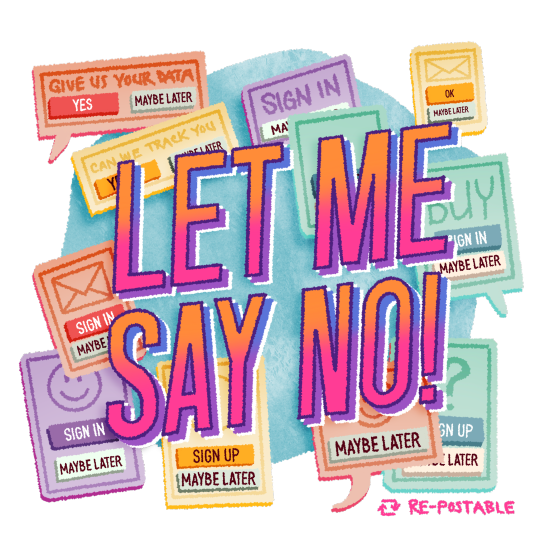
I'm fed up with "maybe later".
103K notes
·
View notes
Text
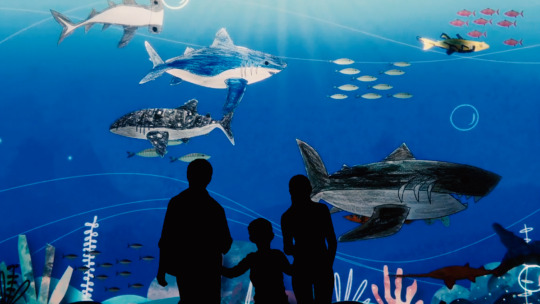
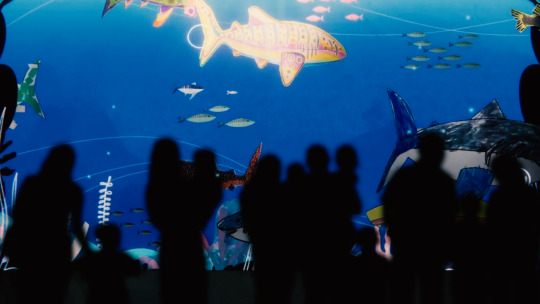
Interactive Ocean: The World of Sharks
#jorge bandera#art direction#colombia#bogotá#art#interactive#interaction#inmersive#interactive installations#interactive design#Digital Art#immersive experience#physical interactivity#Multimedia installation#experience design#art and technology#interactive prototyping#design innovation
1 note
·
View note
Text
youtube
#experience leafs hockey#experience design#experience sharks hockey#experience canucks hockey#experience economy#Youtube
0 notes
Text
youtube
#experience leafs hockey#experience design#experience sharks hockey#experience canucks hockey#experience economy#Youtube
0 notes
Photo

Follow me on: http://instagram.com/sometimes.loud △ http://twitter.com/styblova for more behind the scenes.
#glitch art#glitch artists collective#glitch aesthetic#glitchcore#processing#generative art#new media art#touchdesigner#creativecodeart#creative coding#superrare#contemporary art#abstract#abstractions#abstract artist#glitch#meditation#motion#motion design#experience design#acrylic reactions#acrylic pour#acrylicpouring#glitchlab#creative code#creativecode#styblova#jana styblova#maximalism#female artist
34 notes
·
View notes
Text
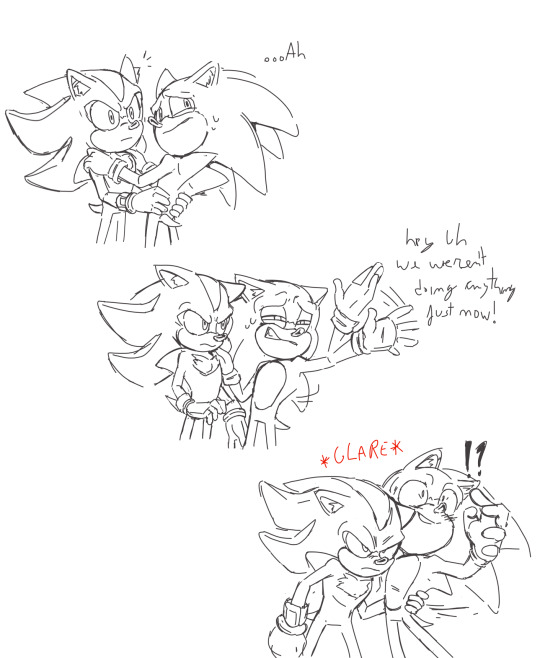
My punishment for wanting to draw something cute is having to do it with my finger on my phone without reference in the wilderness
#i have very little experience drawing the movie designs i was basically just guessing a lot of this tbh#i feel like this is too cringy for me but oh well akdbfk#sonic the hedgehog#shadow the hedgehog#sonadow#scu#movie sonic#movie shadow#my art#fetti art
7K notes
·
View notes
Text
Honestly, the thing that really burns my ass about mobile web design these days isn't even the bloated ads – it's the pages where there's nowhere that's safe to touch to scroll because every single pixel is a clickable hotspot that whisks you away to somewhere else, including the text. I truly believe the owners of websites that do this should die.
#life#computers#technology#internet#web design#user interface#user experience#ux#ui#grumping#death mention#swearing
5K notes
·
View notes
Text


The Wizard Cowboy War (Wizboys VS Cowards) continues on.
#Wizard#Fourfold soul#fitch#nobody#Digital art#Well! Kind of! This one is actually mixed media -the lines are traditionally done with ink#then scanned and coloured digitally. I like the look and the feel of this method a lot.#In case anyone out there was wondering what the original doodle the Cowboy Wizard Jousting comic was - it was this!#I had indended it to stay a sketchbook doodle but I kept thinking about it - and figured 'why not also use it to do an art experiment?'#The funny thing about using existing characters for this is that this isn't even that far off from what they actually are.#The original pitch for the setting of FFS was 'Cowboy Exorcists'. Which sort of just makes them Cowboy Wizards in a way.#Design wise all I really did here was give them sillier hats.#Fitch isn't boy enough for the boy to be more than a carry over from 'cowboy'#But our Nameless Nobody? Yeah. They earned that Coward Badge good and true.#I have a few more doodles from this (AU? I guess?) That I may post if I'm low energy this week.#I missed drawing these little fellas. I should budget my art time to draw them more often...
6K notes
·
View notes